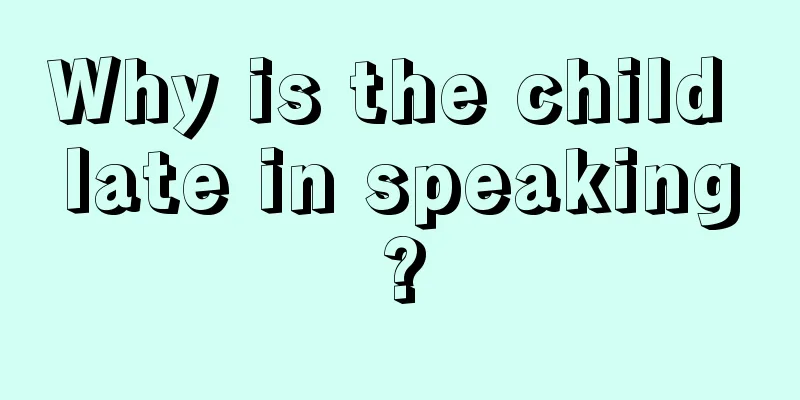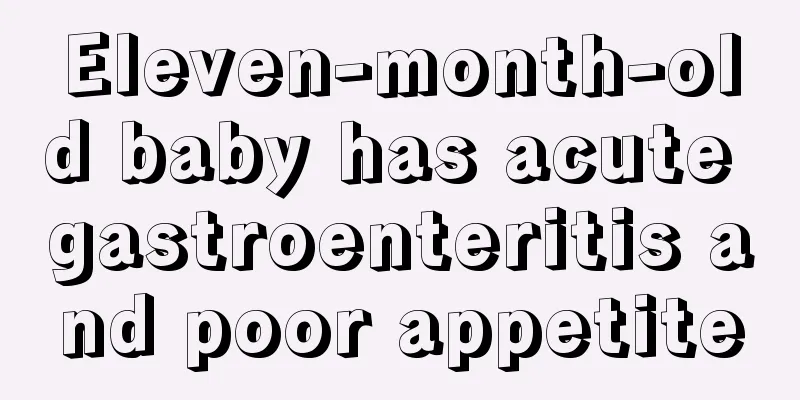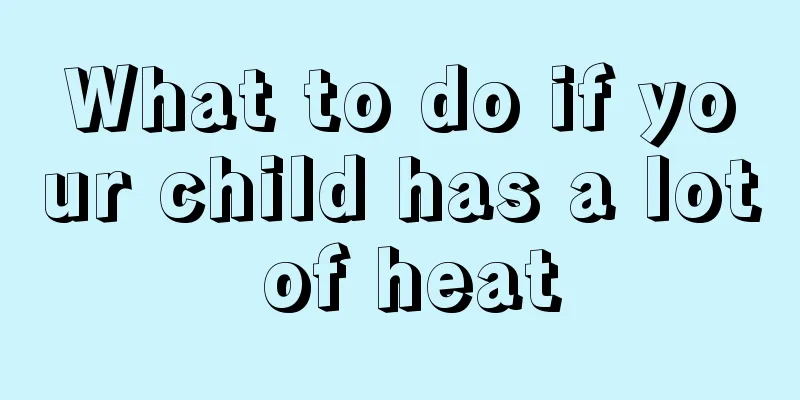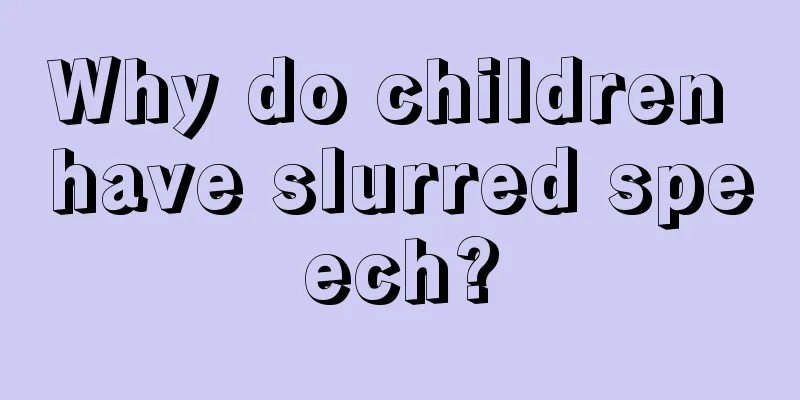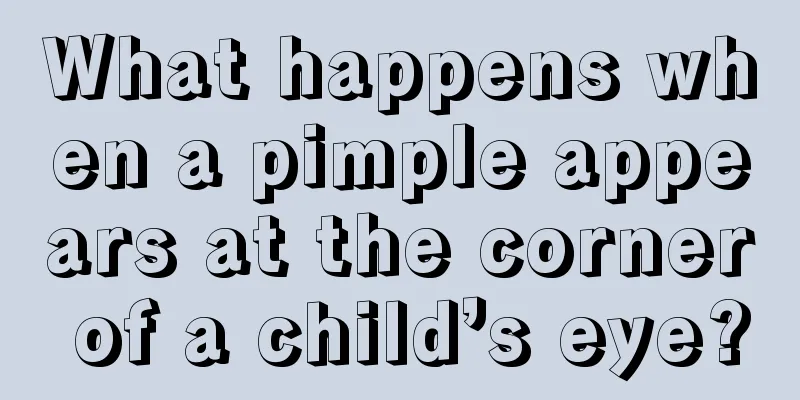A child has a hole in his heart

|
If a child is found to have a hole in the heart during a physical examination, it is very dangerous because it means that he has heart disease. Generally, heart disease in children is congenital and this disease cannot be cured in a short period of time. It may even require long-term use of related drugs to prevent the symptoms from worsening and developing again. (1) Surgery is the main treatment method and is applicable to various simple congenital heart diseases (such as ventricular septal defect, atrial septal defect, patent ductus arteriosus, etc.) and complex congenital heart diseases (such as congenital heart disease combined with pulmonary hypertension, tetralogy of Fallot, and other heart diseases with cyanosis). Interventional therapy is a new treatment method developed in recent years. It is mainly suitable for children with patent ductus arteriosus, atrial septal defect and partial ventricular septal defect who do not have other malformations requiring surgical correction. The main difference between the two is that surgical treatment has a wider range of applications and can cure various simple and complex congenital heart diseases, but it is traumatic and takes a longer time to recover after surgery. A small number of patients may develop complications such as arrhythmia, pleural and cardiac effusion, and surgical scars may be left that affect appearance. Interventional treatment has a narrower scope of application and is more expensive, but it is non-traumatic, has a quick recovery after surgery, and leaves no surgical scars. During treatment, the doctor punctures the patient's blood vessels (usually the blood vessels at the root of the thigh), and under the guidance of X-ray and ultrasound, delivers the appropriately sized occluder to the diseased site to block the defective or unclosed arterial ductus, thereby achieving the treatment goal. Clinical practice has confirmed that interventional occlusion of congenital heart disease has the advantages of less trauma, short operation time (about 1 hour), quick recovery (you can get out of bed the next day after surgery), no need for special anesthesia and extracorporeal circulation, and short hospitalization period (about 1 week). General anesthesia is only required when the patient is very young and cannot cooperate with the surgery. This occlusion technique has a wide range of indications. Atrial septal defect, patent ductus arteriosus, and ventricular septal defect can all be treated with interventional methods. Interventional treatment of congenital heart disease also has its limitations. It is not suitable for patients with existing right-to-left shunt, severe pulmonary hypertension, combined deformities requiring surgical correction, and huge defects with poor margins. Compared with surgical treatment, interventional treatment of congenital heart disease has the following advantages: 1. No incision is required on the chest and back, leaving only a needle hole (about 3mm) in the groin. Because of the small trauma and little pain, the surgery will heal within a few days without leaving any scars. There is no need to open the chest cavity or cut the heart. 2. There is no need to implement systemic external circulation or deep hypothermia anesthesia during treatment. Children only need basic anesthesia without intubation to cooperate, and older children only need local anesthesia. In this way, accidents during extracorporeal circulation and anesthesia can be avoided, and the brain development of children will not be affected. 3. Since interventional treatment causes less bleeding, blood transfusion is not required, thus avoiding the adverse reactions that may be caused by blood transfusion. 4. Compared with surgical operations, interventional treatments have shorter operation times, shorter hospital stays, and faster postoperative recovery. Generally, children can start drinking water within 30 minutes to 1 hour, get out of bed and move around 20 hours after the operation, and be discharged from the hospital after 1-3 days of hospitalization. Children who undergo local anesthesia can complete the procedure in the outpatient clinic. 5. At present, for children who are suitable for interventional treatment, the success rate of various interventional treatments is over 98%, and postoperative complications are less than those of surgical operations. It is like a surgical procedure and can have a radical effect. |
<<: Why is there less urine in children?
>>: What is bone cracking in children?
Recommend
How high should the pillow be for a one-year-old baby to sleep on?
A one-year-old baby should be given some pillows ...
From whom did my daughter inherit her personality?
After they are born, all children have personalit...
What are the drugs for treating neonatal jaundice?
Neonatal jaundice is the most common phenomenon a...
What causes tics in children?
Tourette syndrome is not a common disease in real...
What to do if your child has molluscum
Molluscum is an infectious skin disease caused by...
What to do if your child has corneal inflammation
One of the symptoms of eye problems is keratitis,...
What causes foam in children's urine?
Some children have problems with their urine, so ...
What to do if children sweat a lot
Compared to adults' body temperature, childre...
What is the cause of a child's nasal congestion for a long time?
Normally, many of our friends will have stuffy no...
Treatment of low white blood cell count in children
As parents, when our children have low white bloo...
Rules that must be set for children before they are 6 years old
There is no order without rules. Children under t...
What is the reason for white particles in baby's stool?
The baby's development is an issue that every...
Treatment of facial tics in children
Facial cramps in children are some of the common ...
Conservative treatment of adenoid hypertrophy in children
Adenoids hypertrophy is a very common disease. Th...
What causes allergic reactions in newborns?
Since the immune system of newborns is relatively...

